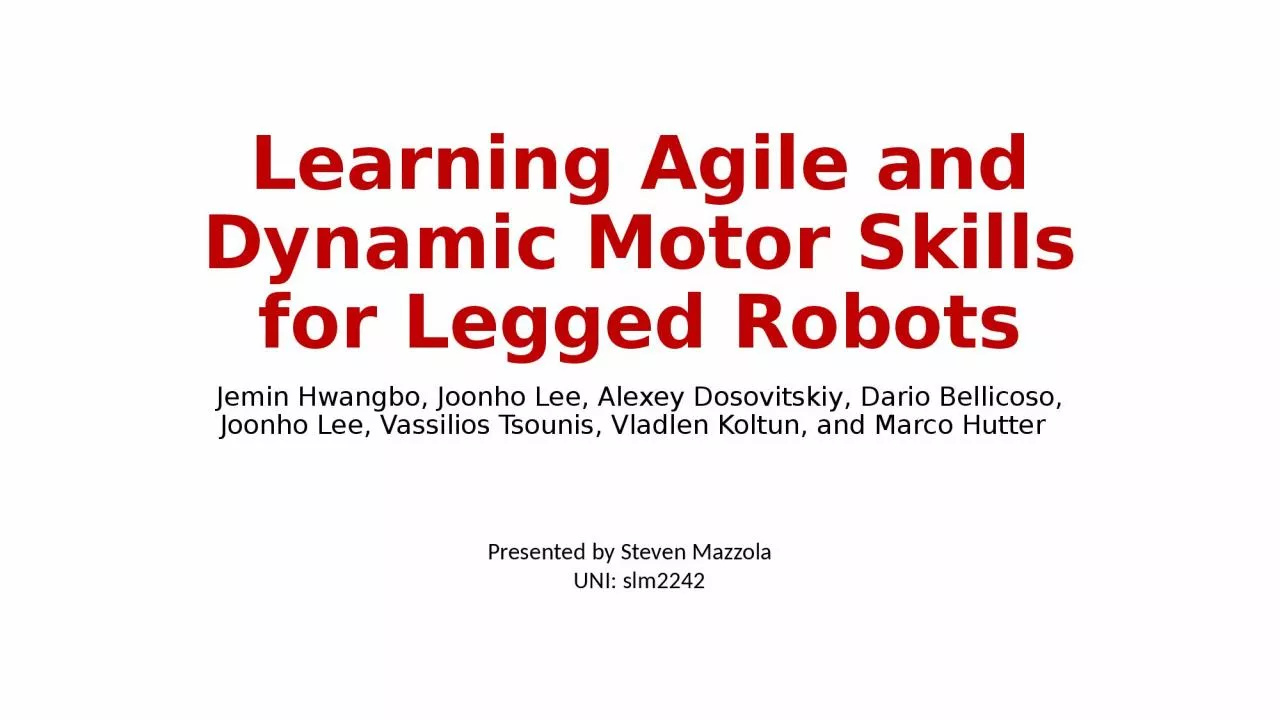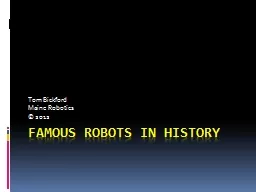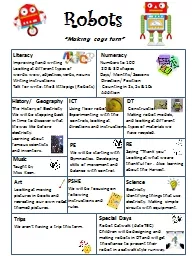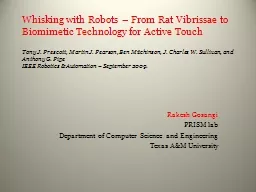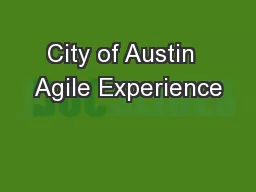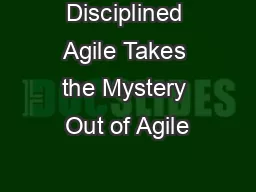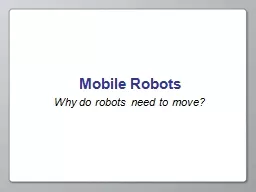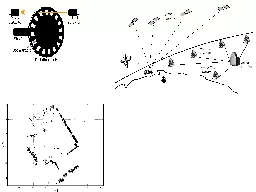PPT-Learning Agile and Dynamic Motor Skills for Legged Robots
Author : KissableLips | Published Date : 2022-08-04
Jemin Hwangbo Joonho Lee Alexey Dosovitskiy Dario Bellicoso Joonho Lee Vassilios Tsounis Vladlen Koltun and Marco Hutter Presented by Steven Mazzola
Presentation Embed Code
Download Presentation
Download Presentation The PPT/PDF document "Learning Agile and Dynamic Motor Skills ..." is the property of its rightful owner. Permission is granted to download and print the materials on this website for personal, non-commercial use only, and to display it on your personal computer provided you do not modify the materials and that you retain all copyright notices contained in the materials. By downloading content from our website, you accept the terms of this agreement.
Learning Agile and Dynamic Motor Skills for Legged Robots: Transcript
Download Rules Of Document
"Learning Agile and Dynamic Motor Skills for Legged Robots"The content belongs to its owner. You may download and print it for personal use, without modification, and keep all copyright notices. By downloading, you agree to these terms.
Related Documents

